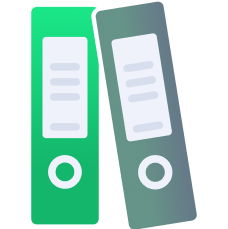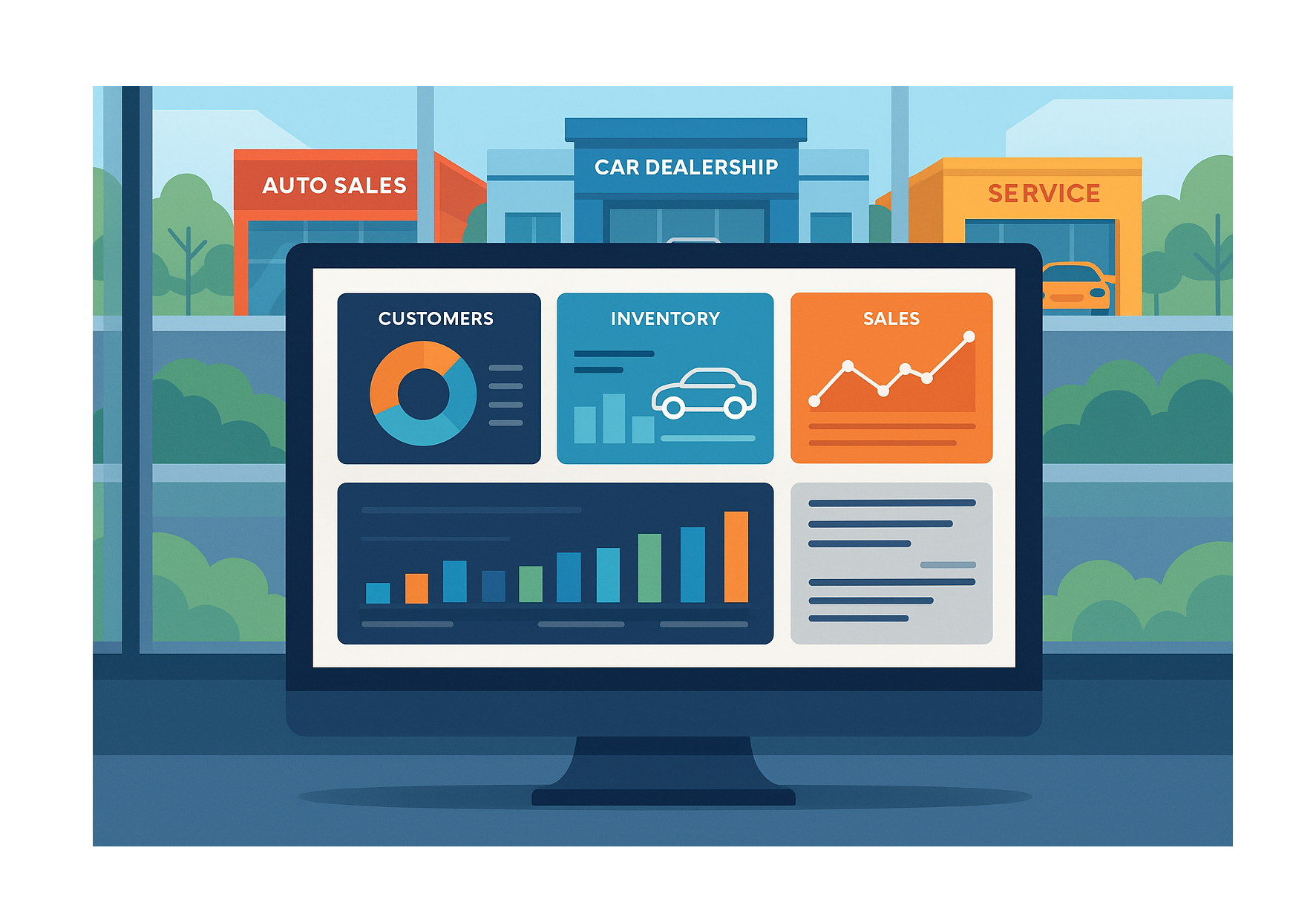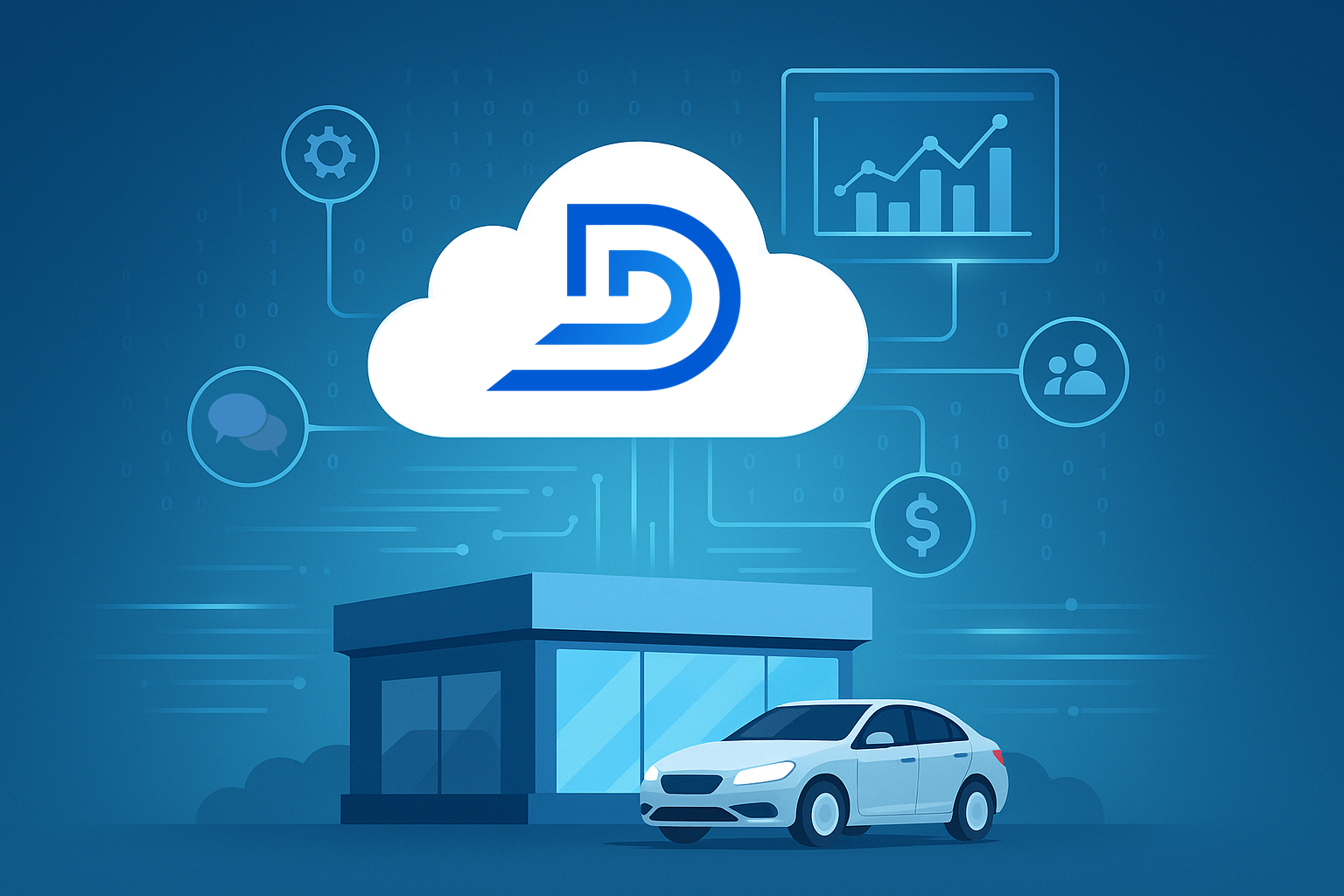Is Your Automotive DMS Really “Open” – or Just Pretending?
Picture this: You book an “all-inclusive” vacation. You’re thinking unlimited food, drinks, and maybe even a massage. But when you arrive, you find out “all-inclusive” means water is free if you bring your own cup, and the pool costs $50 to enter.
That’s the world of some DMS providers who claim to be “open.”
In the dealership management system (DMS) world, “open” is one of the most overused marketing buzzwords. Legacy DMS providers love to brag about it, but many of their “open” systems are about as open as a hotel mini-fridge—technically available, but everything inside comes with a fee.
Let’s break down what being truly open means—and how to tell if your DMS is just pretending.
1. Real Data Access – Not Ransom Notes
When a DMS is truly open, it lets you access your own data without jumping through hoops or paying a toll. You can:
-
Pull reports on dealership customers, vehicles, parts, and employees
-
Export key transactions like repair orders, parts tickets, payroll, and deals
-
Actually use that data for analysis, marketing, and operational improvements
Some legacy DMS providers make this harder than it should be. They lock down your data or make you pay extra for exports. That’s not openness—that’s hostage-taking.
A truly open DMS means your data is your data. No padlocks, no surprise invoices.
2. Built on an Open Platform – Future-Proof, Not Fossilized
Another piece of the “open” puzzle is the platform itself. True openness means leveraging modern, open-source technologies—think Apache, MariaDB, and widely supported programming languages—rather than closed, outdated tech.
Why does this matter to you?
-
Lower costs: No endless license fees for proprietary software
-
Long-term stability: Open tools don’t just disappear overnight (RIP Visual FoxPro 2015)
-
Flexibility: You’re not locked into one vendor’s ecosystem
As Linus Torvalds famously said:
“In real open source, you have the right to control your own destiny.”
If your DMS is built on tech that belongs in a museum, you’re not open—you’re stuck.
3. Integration Without the Headaches
Here’s a fun game: Ask a DMS salesperson if their system “integrates with everything.” They’ll smile and nod. Then reality hits.
Maybe your service appointment tool wants every customer to create an account, verify their VIN, and do a backflip before the DMS recognizes the appointment. Or your parts scanner sends data so slowly that employees could walk the inventory faster.
A truly open DMS means integrations are practical, reliable, and actually save time, not create new fire drills. Sometimes, that even means strategically limiting bad integrations that create more work than they solve.
4. Free and Fair Third-Party Data Access
Here’s where “pretend open” DMS systems really shine—at charging you for your own data twice.
Legacy providers often charge third-party providers (like your CRM) for data access, and guess who ends up paying? You.
Worse, some “integrations” are so inefficient they hammer your system. I once saw a DMS grind to a crawl because a third party was pulling the entire customer database every 12 minutes. After we suggested they just fetch new or changed records, things ran smoothly again.
A truly open DMS provides efficient, no-surprise access to your data for approved partners, without draining your system—or your wallet.
The Bottom Line: Open Means Empowered
A truly open DMS gives dealerships freedom and control:
-
Access to your data whenever you want
-
A modern, flexible platform built to last
-
Integrations that make your life easier, not harder
-
Third-party access without ransom fees
If your current DMS calls itself “open” but nickel-and-dimes you for basic functionality, it might be time to ask for your free DMS audit.
When your DMS is genuinely open, your dealership runs faster, smarter, and without surprises—because you control the data, not the other way around.
























.png)



















































































































.png)



